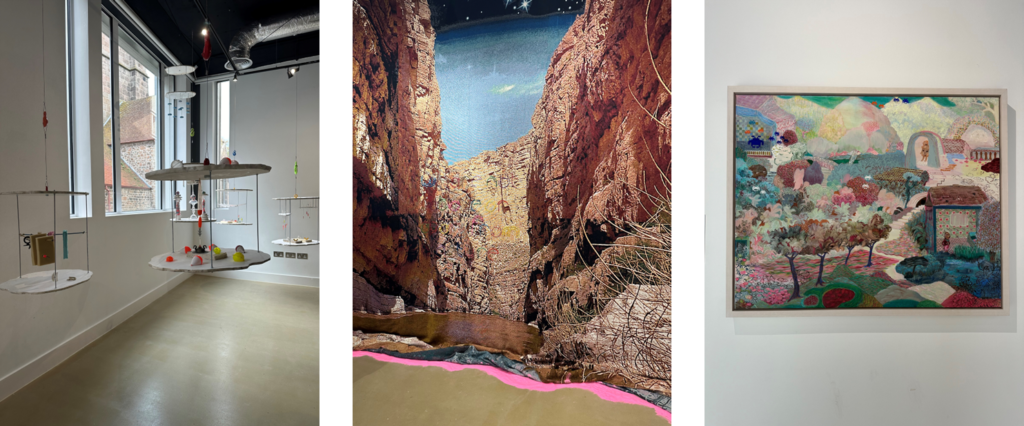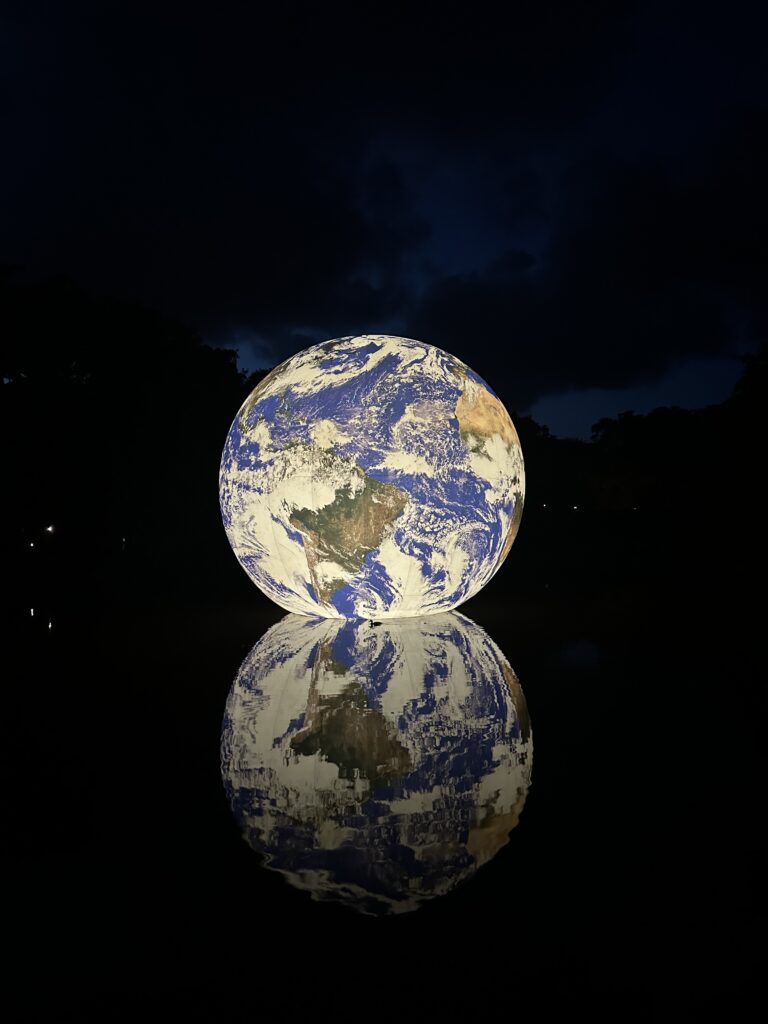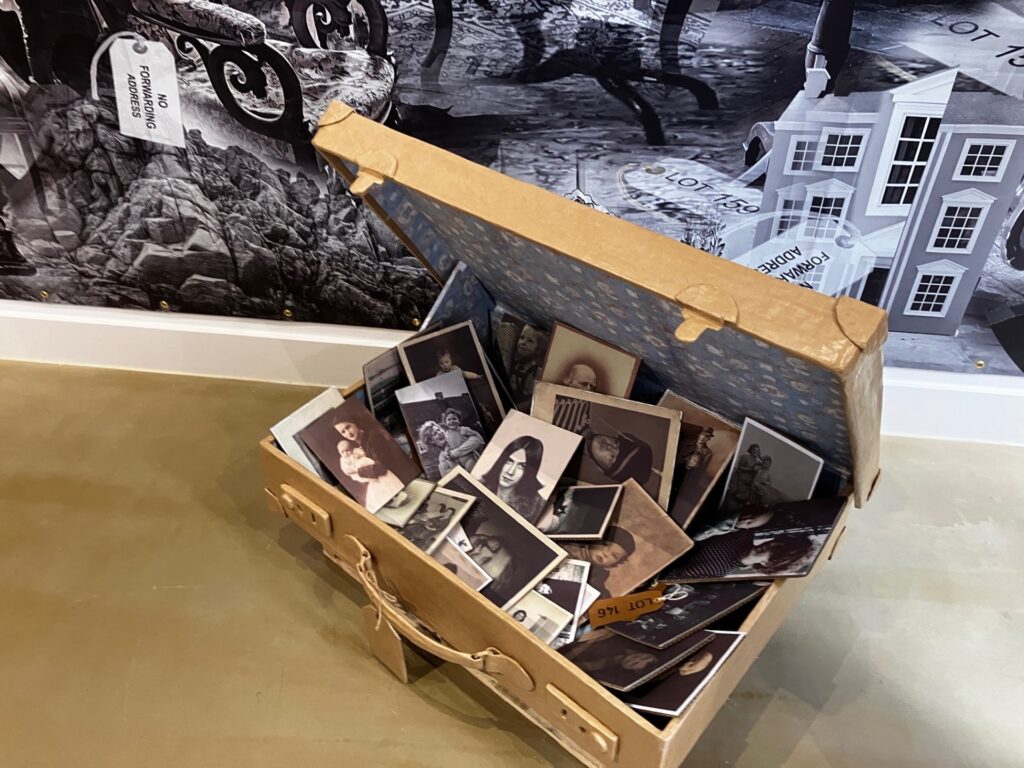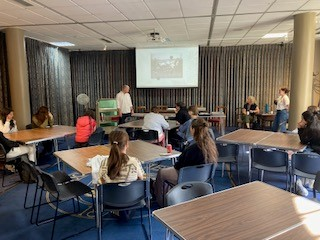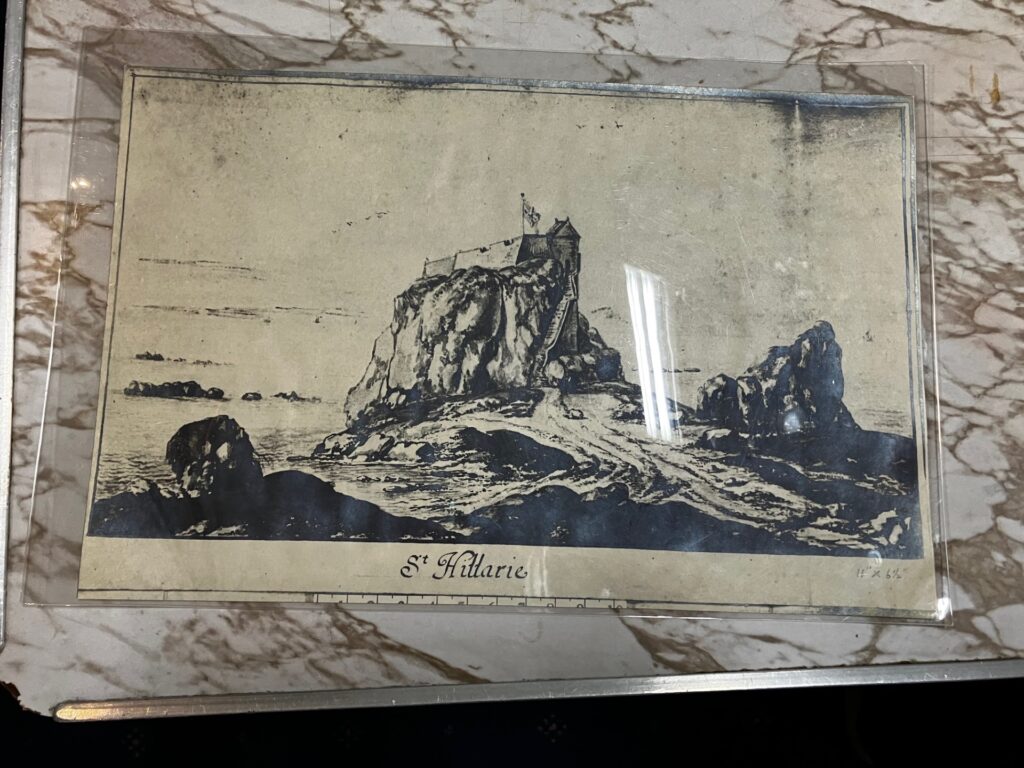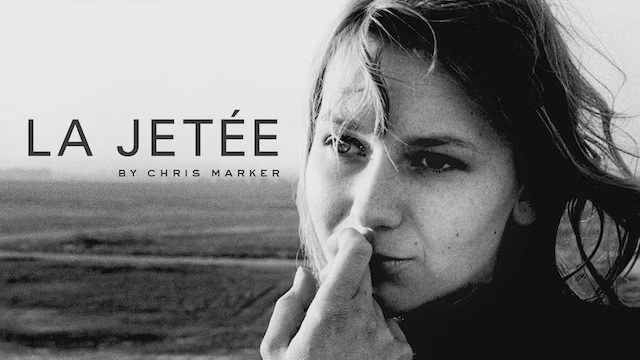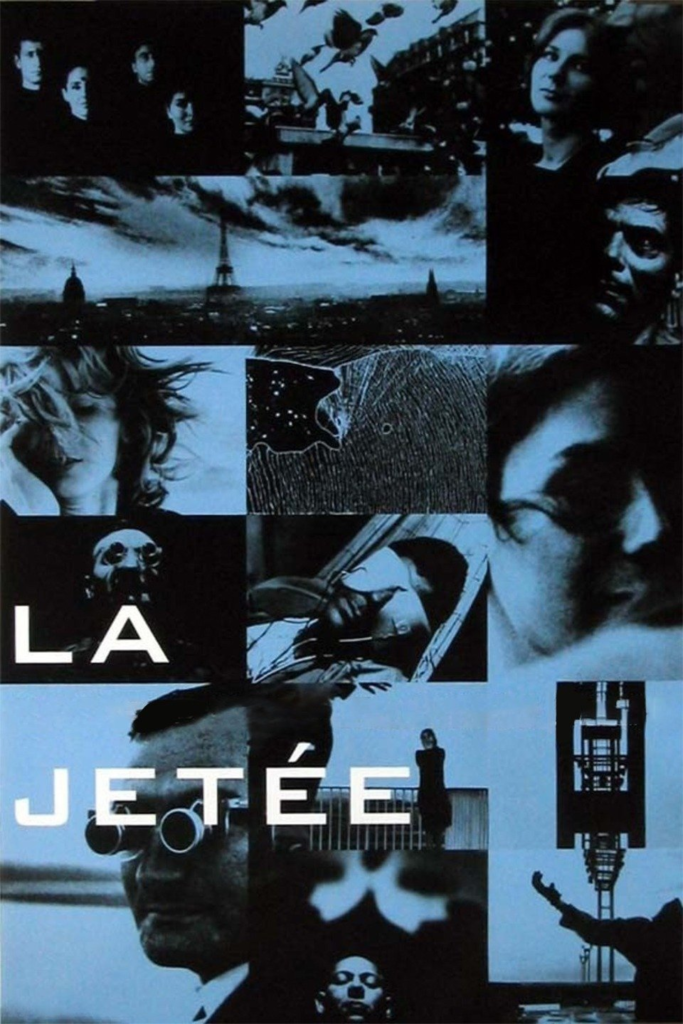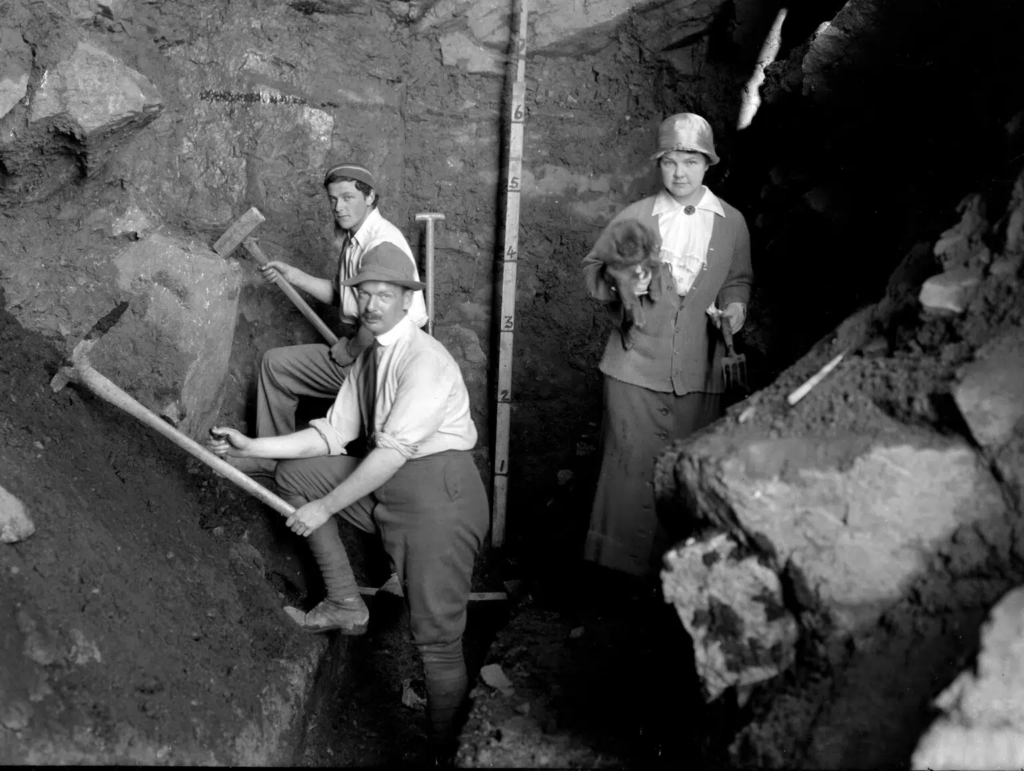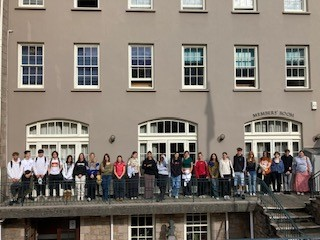
The Société Jersiaise Photographic Archive was founded in 1873 (Société Jersiaise, n.d.) and acts as a service to supply knowledge and artefacts to the Jersey community about Jersey heritage. The archives are of great importance to our understanding of the past, which, in turn, allows us to better frame our view of both the present and the future. Comprised of drawings, documents, paintings, photographs and records, the archives allow us to reach back in time and attribute meaning to our heritage. The images found in the Photographic Archive focus on many areas – there is documentation of wildlife found on our island, the islanders themselves, the geography of the island itself, and of key events that have taken place here. The Société’s mission is to ‘produce and facilitate research on the Island’s history, culture, language and environment; and to share that knowledge with the widest possible audience for the benefit of our island community.’ (Société Jersiaise, n.d.). This attitude of inclusivity is well evidenced in the ways that the Société interacts extensively with the local community; they take part in community outreach schemes, research collections, and their numerous relationships with local partners. The impact of the archive’s extensive work to preserve our past is seen throughout the island’s art scene, as the relationship between art and history grows stronger. The Archisle Contemporary Photography Programme, hosted by the Société Jersiaise, has commissioned artists such as Tom Pope, Martin Parr, and Michelle Sank, to name a few, to create work about Jersey since its inception in 2001 (Archisle, n.d.). Hence, through the careful cultivation and conservation of artefacts donated to the Société, the members can truly contribute the value of heritage to the community. The archives allow us to physically contextualise our history, and to contextualise is to gain knowledge. Knowledge strengthens our ability to understand the world around us and therefore become more conscious.
Photographer Ernest Badoux is an important contributor to the Société Jersiaise Photographic Archive and its material. Born in 1828, Badoux worked in Jersey from 1869 from a studio at 11 Craig Street and 51½, 56 and 59 New Street (Jerripedia, 2022). Of his work, 1350 images are available to view online at the Jersey Heritage website and the majority of these are portraits. The sheer volume of these portraits, as well as the fashions worn within them, indicates to us that there was a vast culture of wealth on the island, as only the particularly rich could afford to get their picture taken at the time. Portraits were the artist’s speciality, but he also photographed landscapes, did commissions on clients’ houses, and documented major events of the era. His images of various Jersey scenes are valuable in their representations of how the island once looked, and they help us to understand where things have changed – whether for the better or for the worse. Therefore, the variety of imagery supplied by Badoux to the Jersey Archives gives us a decidedly rich visual resource in a view of Victorian Jersey life and acts as a key example of how the archives can function as repositories of knowledge and experience.
I have chosen to analyse Badoux’s image of ‘view looking across St.Aubin railway station and harbour at low tide, topsail schooner berthed in harbour, The Bulwarks (Le Boulevard) and Noirmont in background.’ (Jersey Heritage, n.d.) taken between 1870 and 1873. I have chosen this image because it shows a part of the railway which no longer exists in Jersey, which demonstrates my point that Badoux’s work can be used to explore the changes in island life and geography. One would be inclined to assume that this image was produced with the chromotyping (or carbon printing) process, as this is how much of his surviving work was produced. Chromotyping is defined by the Collins Dictionary as ‘a procedure in photography that uses photographic paper that is made reactive to light by the use of a salt of chromium’ (Collins Dictionary, n.d.) and this was a rather difficult and laborious process, which made the carbon prints ‘about twice as expensive as platinum and up to five times more costly than silver’ (Jerripedia, 2022). Furthermore, the images are printed with pigments instead of dyes, which makes them last longer than those made by any other process. The image uses natural lighting and appears overexposed in the top left but is balanced elsewhere. The mise-en-scene presents a view of St Aubin from a vantage point, with the railway station as a focal point in the centre of the image. It appears to have been taken with not much thought or intention given to the artistic elements but rather more as a documentary image, which is implied by the composition being regular and deadpan. The piers and railway tracks create sweeping lines through the image, drawing the eye away from the rather wasted space of the grass in the foreground. Overall, this image is important to the question of how archives function as repositories of knowledge because it can be compared to a more recent one to analyse the differences between Victorian and modern Jersey.
In conclusion, the value of photographic archives to someone interested in studying the social, archaeological, or ecological history of a specific area is substantial, and this is clear in the nature of the photographs stored by the Société. They cover a wide range of studies, and their usefulness has been demonstrated throughout the years. Images from the past allow us to learn more about who we are and where we come from, which links smoothly to the action of artistic inspiration. To an artist, archives are valuable because they serve as a valuable tool to aid self-exploration, demonstrated by the work of many photographers and artists who use archival material in their work. Having studied the work and life of Ernest Badoux, I have learned that the archival material I used to do this was essential to my study. It allowed me to view a wide range of his work to a fairly good standard and to learn the methods he used to produce it, and this therefore illuminates that the archives are a key factor in the way we view our island and its history. They are important to both those who were Jersey-born and those who moved here later in life, which illustrates that they build a tapestry of how our island once worked – which we as islanders can use to navigate our way through its future.
Bibliography
Archisle, n.d. Archisle: About us. [Online]
Available at: https://www.archisle.org.je/about-archisle/
[Accessed 2 October 2023].
Collins Dictionary, n.d. Chromotype definition and meaning | Collins English Dictionary. [Online]
Available at: https://www.collinsdictionary.com/dictionary/english/chromotype
[Accessed 2 October 2023].
Jerripedia, 2022. Ernest Badoux – Jerripedia. [Online]
Available at: https://www.theislandwiki.org/index.php/Ernest_Baudoux
[Accessed 2 October 2023].
Jersey Heritage, n.d. Collection Search | Jersey Heritage. [Online]
Available at: https://catalogue.jerseyheritage.org/collection-search/?si_elastic_detail=archive_110472499
[Accessed 2 October 2023].
Mason, D., 2023. ARA Excellence Awards 2023 – Archives and Records Association. [Online]
Available at: https://www.archives.org.uk/news/ara-excellence-awards-2023#:~:text=In%202023%20over%201%2C000%20votes,at%20Lothian%20Health%20Services%20Archive
[Accessed 2 October 2023].
Société Jersiaise, n.d. History, Mission & Governance. [Online]
Available at: https://www.societe.je/history-mission/
[Accessed 2 October 2023].
Société Jersiaise, n.d. Société Jersiaise: About. [Online]
Available at: Société Jersiaise
[Accessed 2 October 2023].




